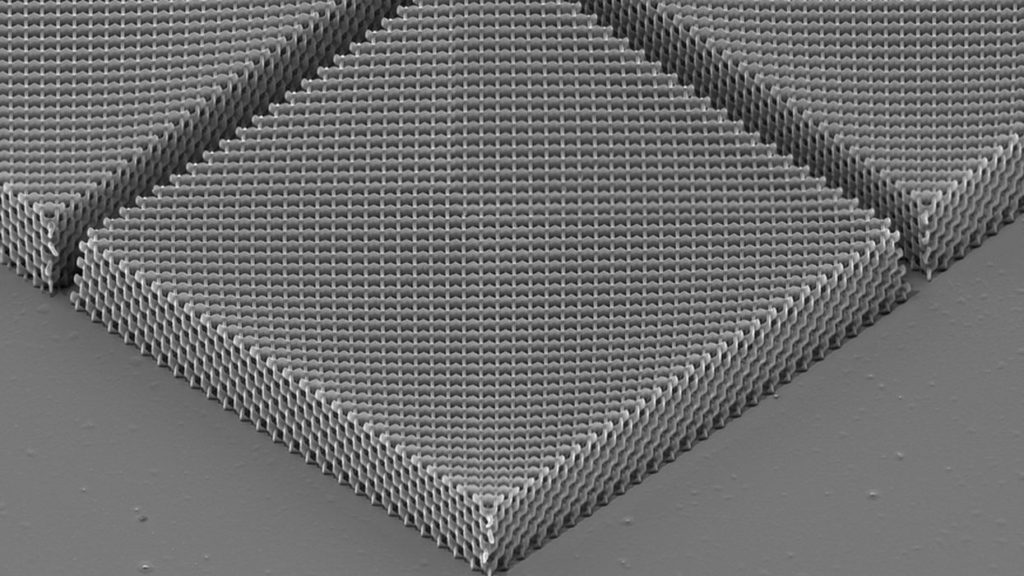
Researchers at the University of Cardiff have found a way to produce a magnetic monopole-like material using 3D printing.
You might be wondering what a magnetic monopole is, and why this could be a big deal.
Magnetic Monopoles
Magnets are well-understood. They have an electric field around them that is in a circular pattern, with two end-points, or “poles”. These are usually referred to as “north” and “south”. Magnets always have two poles.
But what if you cut a magnet in half? Does one side hold the north pole and the other the south pole? Nope, that’s not how it works. The electric field immediately reconfigures and you now have two, albeit smaller, magnets, each with two poles.
Magnetic monopoles, or magnets having only a single pole, do not exist in nature. However, scientists have been unsuccessfully trying to make them for centuries.
Spin Ice Materials
The material in question for this research is a quasiparticle known as “spin ice”. It’s a very peculiar material, as Wikipedia explains:
“A spin ice is a magnetic substance that does not have a single minimal-energy state. It has magnetic moments (i.e. ‘spin’) as elementary degrees of freedom which are subject to frustrated interactions. By their nature, these interactions prevent the moments from exhibiting a periodic pattern in their orientation down to a temperature much below the energy scale set by the said interactions.”
And:
“Experiments have found evidence for the existence of deconfined magnetic monopoles in these materials, with properties resembling those of the hypothetical magnetic monopoles postulated to exist in vacuum.”
Spin ice seems to be a material composed of many smaller magnetic cells. It’s called “ice” not because it’s cold, but because the magnetic movements’ orientations mimic those of hydrogen in water ice.
Could these small magnetic movements be configured in such a way as to “create” a magnetic monopole, or rather an object that has the properties of a magnetic monopole?
It turns out this is actually possible.
3D Printed Monopole
In the past, researchers have produced monopole-like magnets in spin ice material by tweaking the magnetic moments. However, a major complication is that this can only be done using 2D spin ice structures. This obviously limits the possible applications of the material.
However, Cardiff researchers developed a technique to produce a 3D version of a spin ice monopole using 3D printing for the very first time.
Dr Sam Ladak explained:
“For over 10 years scientists have been creating and studying artificial spin-ice in two dimensions. By extending such systems to three-dimensions we gain a much more accurate representation of spin-ice monopole physics and are able to study the impact of surfaces.”
How did they achieve this goal? They made use of a custom technique:
“The artificial spin-ice was created using state-of-the-art 3D nanofabrication techniques in which tiny nanowires were stacked into four layers in a lattice structure, which itself measured less than a human hair’s width overall.”
If this research continues successfully, we could see the development of new kinds of 3D printed magnetic meta-materials. New magnetic applications could then be considered, while impossible today.
One example cited by the researchers involves magnetic data storage. Today’s disk storage, for example, has magnetic areas placed on a 2D surface. The 2D nature of the storage mechanism limits the overall density of the storage medium, but with this technology it might be possible to storage magnetic charge in three dimensions. That would make it possible to have extremely dense data storage devices.
Via Cardiff University (Hat tip to Benjamin)
